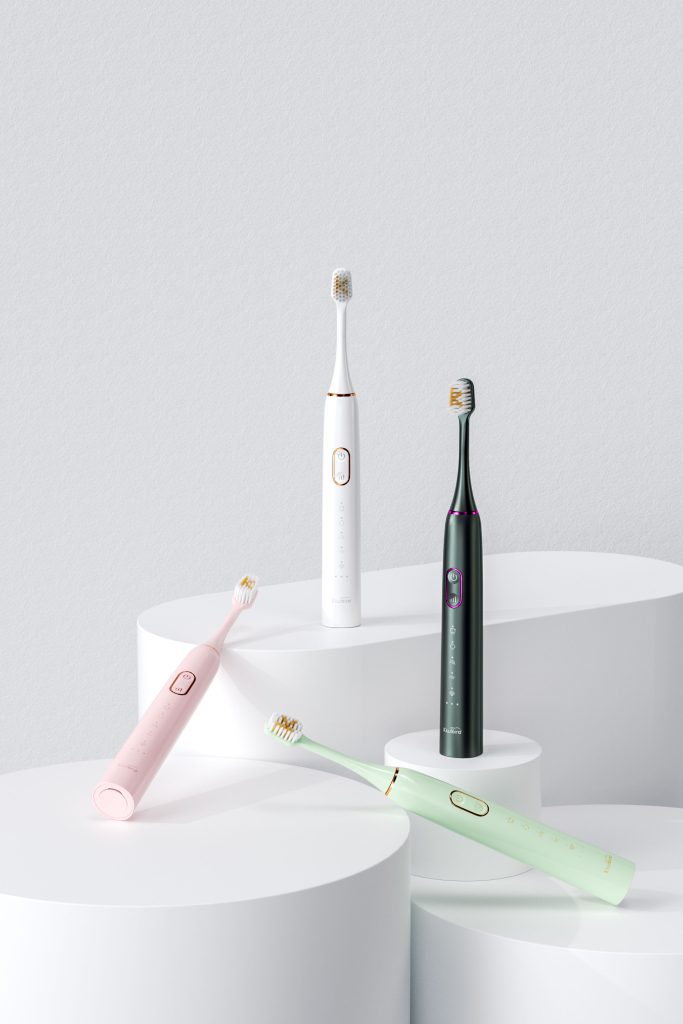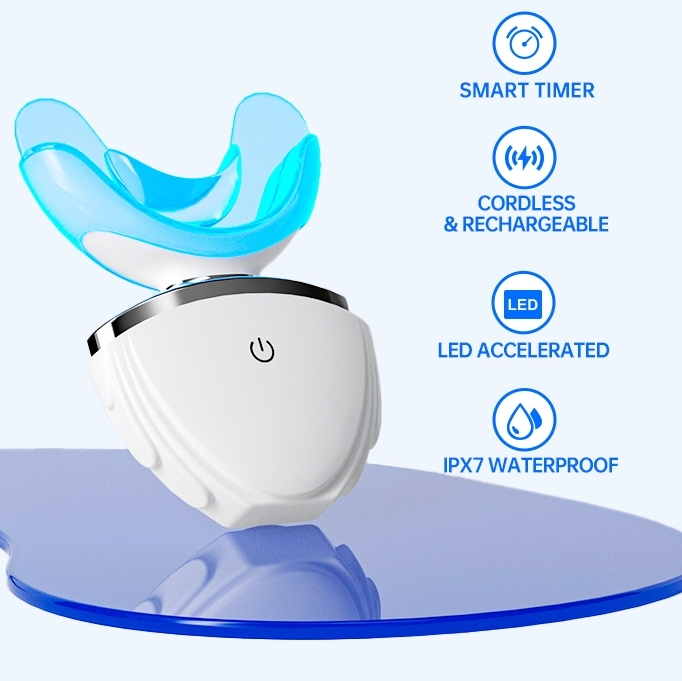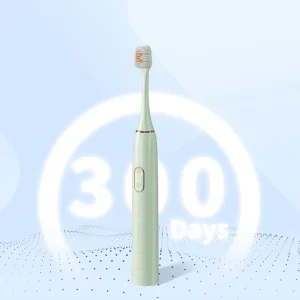In today’s fiercely competitive market, deficiencies in product design details and performance stability increasingly impact user experience and brand reputation. In particular, products in high-precision manufacturing or consumer electronics often face significant challenges due to Stream scattering issues and High irritation phenomena, which have become major points of customer complaints. This article explores these problems from six key perspectives and presents solutions to help companies enhance product quality and gain market recognition.
Market Environment and User Expectations
First, as consumer demands for product functionality and comfort continue to rise, every detail in performance and appearance can become a focal point for users. Nowadays, users expect not only stable device operation but also interference-free usage. However, the phenomena of Stream scattering (inconsistent flow or signal concentration) and High irritation (excessive discomfort caused by materials or design) can seriously undermine the user experience, potentially leading to returns or recalls. Therefore, manufacturers must thoroughly understand market demands and address these issues specifically.
Analyzing the Causes of Stream Scattering
Secondly, the Stream scattering issue is primarily manifested as uneven dispersion of fluids, airflow, or signals within the device, resulting in energy loss or reduced transmission efficiency. Causes for this phenomenon may include:
- Structural design flaws that cause fluid channels to be poorly concentrated or contain dead zones.
- Insufficient control of manufacturing tolerances, leading to inadequate sealing between components.
- Inappropriate material selection that increases resistance to fluid flow.
Only by optimizing these fundamental causes can manufacturers effectively improve flow concentration and enhance overall product performance.
Examining the Impact of High Irritation on User Experience
Third, the High irritation phenomenon refers to the discomfort or allergic reactions users experience during product use due to factors such as material composition, manufacturing processes, or chemical additives. For example, certain plastic components or surface coatings may release trace amounts of irritating substances, directly causing skin or respiratory discomfort. High irritation not only diminishes user satisfaction but also poses long-term risks to brand reputation. Consequently, companies must rigorously control material safety and process precision to ensure that products are safe and non-irritating upon contact with users.
Technical Improvements to Address Stream Scattering
To address the Stream scattering issue, manufacturers can take a dual approach by focusing on design optimization and process improvement. First, during the design phase, simulation analysis and fluid dynamics modeling can be employed to optimize the internal channel layout, ensuring continuous and concentrated pathways for fluids or signals. Second, by adopting high-precision manufacturing equipment and strict dimensional inspections, the precise fitting between components can be ensured. Additionally, selecting materials with low resistance and excellent flow characteristics can greatly reduce energy loss caused by scattering.
Protective Measures to Reduce High Irritation
Meanwhile, to solve issues related to High irritation, companies need to invest in improved material selection and surface treatments. Recommended measures include:
- Choosing low-irritation materials that have passed rigorous safety certifications.
- Applying non-toxic coating treatments to reduce the release of harmful substances.
- Strengthening long-term stability tests under various conditions to ensure that products remain non-irritating in all environments.
These protective measures not only enhance user comfort but also effectively reduce the risk of returns and claims related to irritation issues.
Continuous Improvement and Future Outlook
Finally, as technology continues to advance and user needs become more diverse, companies must establish a long-term mechanism for continuous improvement. Future R&D efforts could focus on smart monitoring and real-time data feedback to identify potential risks of Stream scattering and High irritation during the initial design stages. Moreover, strengthening collaboration with research institutions and industry standard bodies will help introduce more advanced materials and processes to empower products. Only through continuous innovation and optimization can companies stand out in a competitive market and earn long-term user trust.
In conclusion, Stream scattering and High irritation have emerged as key issues affecting product quality and user experience. By thoroughly analyzing the root causes, optimizing design schemes, enhancing manufacturing processes, and strictly controlling material safety, companies can not only effectively resolve existing problems but also build a higher brand reputation in future markets. Continuous technological innovation and quality improvement will bring long-term development advantages to enterprises.Contact us https://www.powsmart.com/product/electric-toothbrush/






